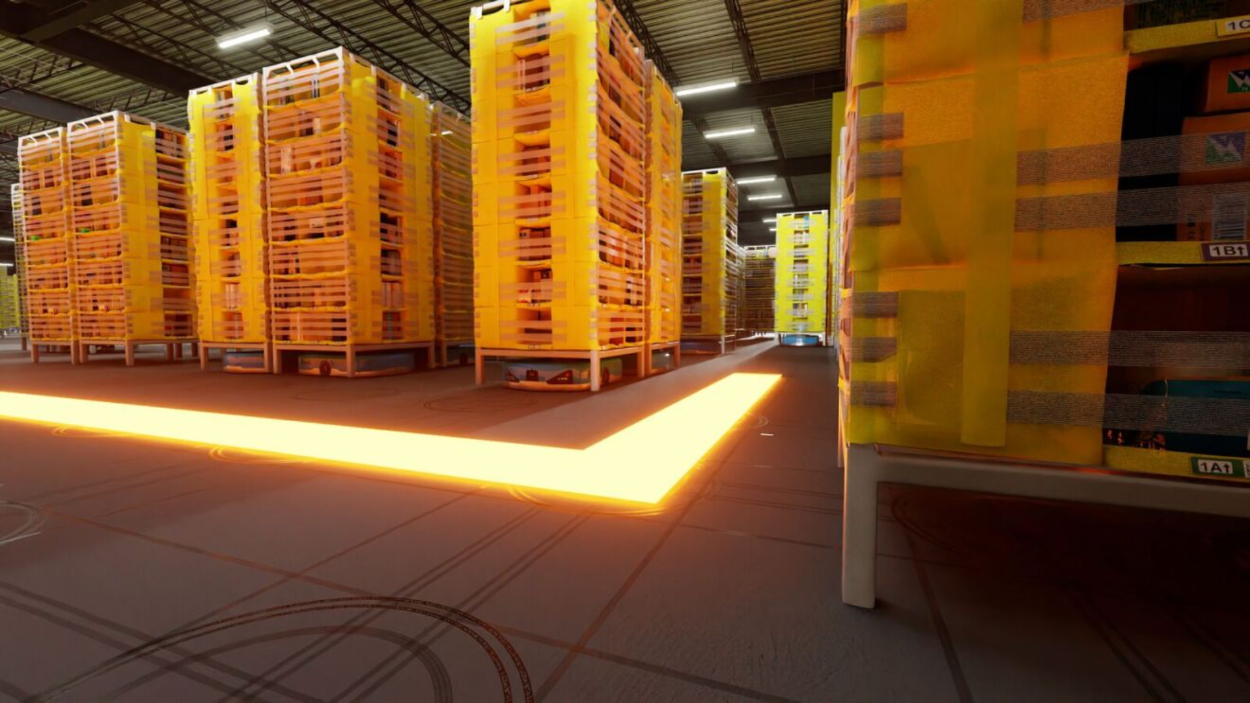Key Takeaways:
- McKinsey’s latest forecast suggests that nearly 60% of US work hours could be susceptible to some form of automation by 2030. However the key point (of the report) is that modern work will rely on a three-way handoff between people, AI, and robots, and that the balance is continually being renegotiated.
- Fashion shows the boundaries of automation more clearly than some sectors. Predictable tasks like logistics and sorting adapt more easily to robotics. While knowledge work increasingly leans on software and AI tools. But judgement based tasks like sewing and fit correction still rely on humans because the world varies too much for machines. In this way, fashion exposes where automation currently fits and where it doesn’t.
- The main challenge is organising the hybrid workflow. Companies already rely on a mix of AI tools, automated systems, and human judgement, but often the surrounding processes haven’t been rebuilt to support that mix. The real task now is redesigning the work so each contributor is doing what it’s structurally suited for.
The new McKinsey report on automation has been getting a lot of circulation this week. The headline figure is the predictable one: according to their analysts, nearly 60 percent of US work hours could, in theory, be handled by some degree of automation by 2030. Almost everyone at this stage has seen a version of “X% of jobs could be automated,” so despite this being a pretty terrifying prediction to see (albeit one we’d take with seasonally-appropriate helping of salt) it’s easy to take in stride.
The more useful prediction sits beneath the headline, where the briefing tries to paint modern work as a partnership between three contributors: people, AI agents, and robots. The report’s point is that work already runs on a three-way handoff between those groups, and that the handoff is being quietly renegotiated all the time to dilute the human share.

(Again, the robotic part of this equation feels about right, but outside of software engineering, The Interline finds it difficult to believe that much meaningful work is being done by AI agents today – although that’s certainly set to change.)
Fashion sits in an interesting position when you apply this three-pronged game of labour hot potato to it, and consider how those different contributors are likely to get re-weighted in the short term. A large portion of fashion’s work is what McKinsey would classify as “agent-exposed,” being knowledge and administrative work that (if we trivialise it) primarily consists of applying logic to figures and columns: forecasting, planning, merchandising, compliance, communication between design and suppliers, and the constant flow of information that keeps everything moving. The robot-exposed category is present too, covering cutting, sorting, picking, and the machine-driven logistics of manufacturing. The model makes sense here too, at least in principle, although robotics is currently much more tilted towards distribution and logistics than it is towards anything requiring manual dexterity and soft materials.
Garment assembly primarily still lives with people because fabric, as most people reading this will know, is stubborn. It stretches, folds, collapses, and demands a level of constant adjustment that machines do not handle gracefully, even in laboratory and research settings. And even when the underlying technology is capable of automating something that’s done in predictable bulk over time, variation often gets in the way. The majority of seasonal fashion doesn’t hinge on long stable runs of identical products; it changes direction quickly, which makes standardisation difficult and automation costly.

And as we’ve hinted at already,potential for automation is not the same as automation itself. Adoption depends on cost, timing, trust, integration, and whether the rest of the workflow can support the shift. This gap between what automation can do and what the organisation around it can absorb is where many industries now find themselves, fashion included.
Which is why it helps to step outside fashion for a moment, because the wider world is already showing us what early-stage automation actually looks like when it lands inside real workflows. These examples perhaps make McKinsey’s work-redistribution model easier to see in motion.
Milton Keynes, for instance, has become something of a case study in normalisation. Which, for UK residents, is going to be a funny sentence to read, given the history of that city. A fleet of small delivery robots now move across the town each day. They follow their routes, wait patiently at crossings, and complete thousands of errands for local residents. A sight that once felt futuristic now occupies the same cognitive space as a cyclist or a dog walker. Automation comes at you fast, in other words.

Another story from the week sits at the opposite end of the automation spectrum, at least in terms of stakes. A robotics company has signed a multimillion dollar contract to deploy humanoid robots at the China-Vietnam border. These robots are designed to assist with document checks, queue management, and some unclear elements of security screening. Borders are high-pressure places built around throughput and procedure, so in some ways this application makes sense, even as it represents (for many people) a step beyond the pale when it comes to rolling out automation in what ought to feel like essentially human decision-making
Amazon added its own evidence this week by sharing yet more details about its warehouse robotics via a report by the BBC. More than a million robotic systems now move stock, sort inventory, and handle the repetitive physical tasks that fill the middle of a distribution centre. Amazon frames this as an efficiency story, which it is, but it is also a story about changing work. People spend less time lifting and more time supervising, intervening, and handling the edge cases that machines still cannot map.
Put together, these examples show what the McKinsey model could look like in the wild. Automation doesn’t arrive as a sweeping replacement of labour; it arrives in increments. And that’s the pragmatic point McKinsey is making: the value isn’t in automating an isolated task, but in redesigning the workflow so each contributor – human, agent, or robot – is doing the work they’re structurally suited to handle.

If you apply that lens back onto fashion, it’s easier to see. The industry has already absorbed automation in the places where the work behaves predictably. Warehouses, distribution centres, and cutting rooms already have taken on robotics (the traditional kind as opposed to the humanoid variety) in a way that feels almost expected. It feels like something that simply made sense the moment the workflow allowed it.
Most teams, in practice, sit in the space between worlds. They already work with AI-assisted planning tools, automated compliance prompts, and warehouse systems that route goods without being asked. They also still depend on tacit knowledge, side-channel conversations, and workflows that assume somebody in the room will know the answer. It will not have escaped anyone’s notice that this hybrid zone is expanding faster than anyone is structuring it. The lack of a shared playbook here is probably a big part of why so many teams feel like they’re solving the same problems over and over again.
And addressing that is probably the real work ahead. Fashion doesn’t need to chase automation any more than it needs to resist it. The real work lies in the middle.
